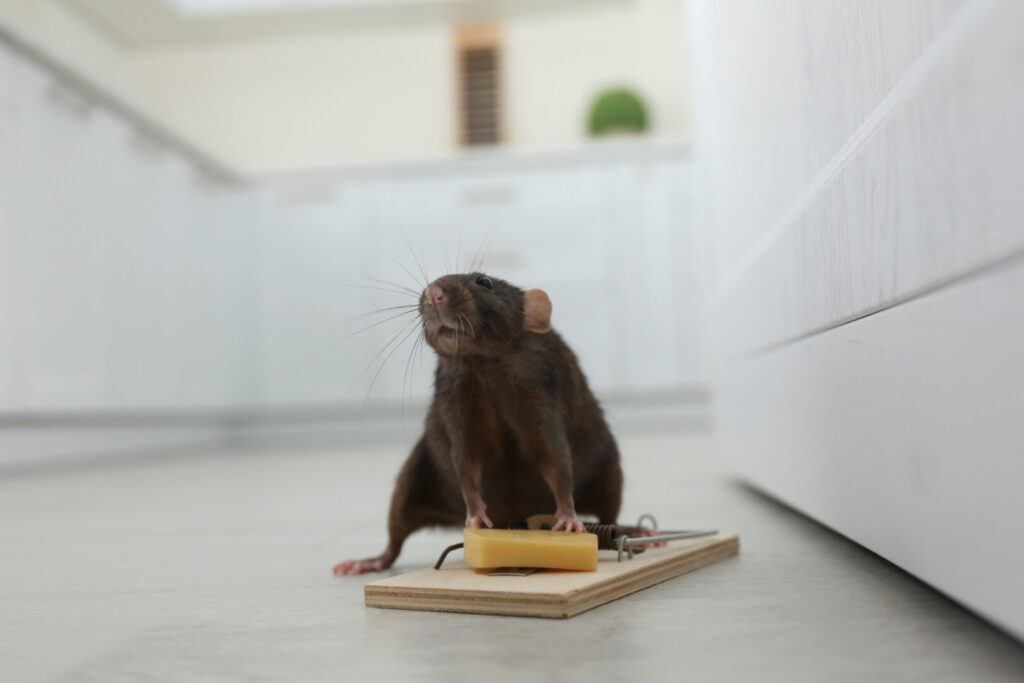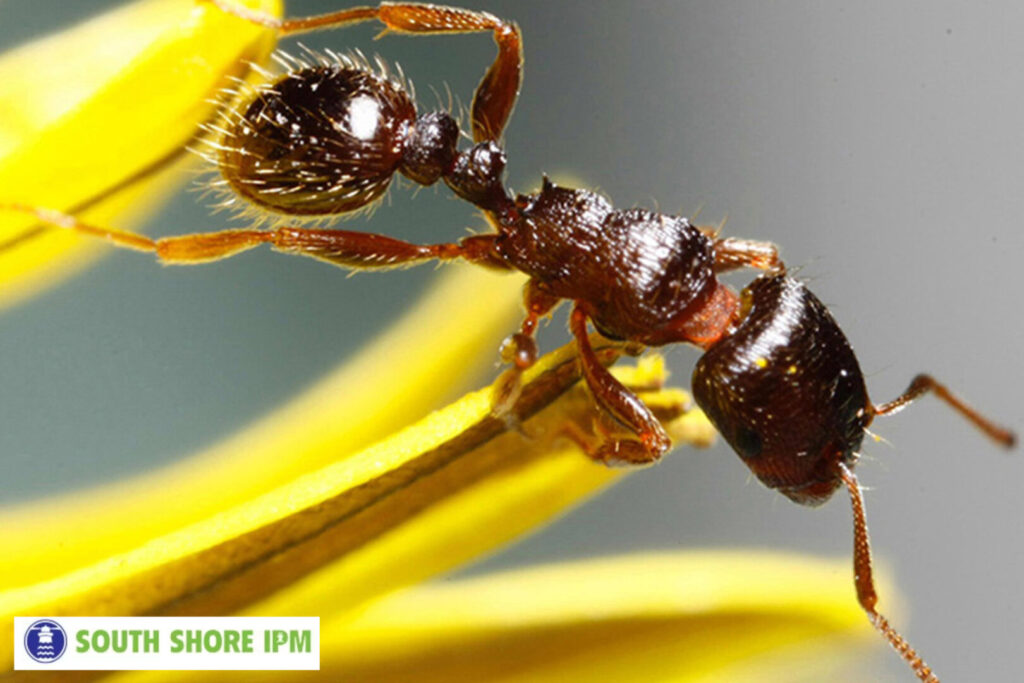What Is A Roof Rat: South Shore IPM
Pest infestations are a significant concern for homeowners and businesses alike, particularly when it comes to rodents. Among the various rodent species that can invade properties, the roof rat (Rattus rattus) is one of the most troublesome. Known for their agility, intelligence, and destructive tendencies, roof rats pose significant risks to homes, businesses, and public health.
If you’re facing a roof rat issue in Dorchester, South Shore IPM (Integrated Pest Management) offers strategic solutions to control and prevent infestations. Understanding what a roof rat is, how it behaves, and the dangers it presents is essential for taking effective action against these pests. In this comprehensive guide, we will delve into the characteristics, behaviors, and control methods associated with roof rats, and explain why hiring a professional exterminator Dorchester residents trust can make all the difference in protecting your home or business.
What Is a Roof Rat?
Roof rats, also known as black rats or ship rats, are medium-sized rodents distinct from their close relative, the Norway rat. Here’s what sets them apart:
Physical Characteristics
- Size: Typically between 12 to 16 inches long, including their tail.
- Weight: Weighing between 5 to 9 ounces, lighter than Norway rats.
- Color: Usually black or dark brown, with a lighter underbelly.
- Tail: Long, reaching up to 8 inches, helping them balance while climbing.
- Ears & Eyes: Large, round ears and big eyes, perfect for nocturnal living.
- Body Shape: Slender and agile compared to the stockier Norway rat.
Habitat and Nesting
As their name suggests, roof rats prefer high places for nesting, making attics, ceilings, and rooftops ideal environments. They are excellent climbers, using trees, power lines, and vines to access buildings.
Common nesting sites include:
- Attics and rafters
- Roof voids
- Eaves and gutters
- Dense vegetation and tree canopies
- Garages and sheds
Roof rats are particularly common in coastal and warmer regions, such as Dorchester, where mild climates and abundant shelter are prevalent.
Diet and Eating Habits
Roof rats are omnivorous, eating both plant-based and animal-based foods, but they have a strong preference for fruits, seeds, and nuts, making gardens and orchards highly susceptible. Their diet includes:
- Fruits (oranges, avocados, bananas)
- Nuts and seeds
- Vegetables
- Pet food
- Bird feed
- Small insects
They often hoard food, which can make infestations harder to control.
Reproduction and Lifecycle
Roof rats reproduce rapidly, allowing infestations to grow quickly if left unchecked.
- Gestation period: 21-23 days
- Litter size: Typically 5 to 8 pups
- Breeding frequency: 3 to 6 litters per year
- Lifespan: 1 year in the wild, up to 3 years in captivity
Given their rapid reproduction rate, a small problem can quickly escalate into a major infestation.
Why Are Roof Rats a Problem?
Roof rats aren’t just a nuisance; they pose serious risks to homes, businesses, and human health.
1. Property Damage
Roof rats can cause extensive damage, including:
- Electrical wires (posing a fire hazard)
- Wood and insulation
- PVC pipes and plumbing
- Stored food and packaging
Damage from roof rats can lead to costly repairs over time.
2. Health Risks
Roof rats are known carriers of diseases, including:
- Salmonellosis (from contaminated food)
- Leptospirosis (from urine-contaminated water)
- Hantavirus (from droppings and urine)
- Rat-bite fever (from bites or scratches)
Additionally, their droppings, urine, and hair can trigger allergies and worsen respiratory conditions like asthma.
3. Infestation Growth
Due to their rapid reproduction, roof rats can quickly turn a small problem into a major infestation. If left untreated, they can:
- Spread to neighboring properties
- Cause massive contamination of food supplies
- Lead to costly damage and health concerns
How to Identify a Roof Rat Infestation
Early detection is key to preventing a severe infestation. Some common signs include:
1. Droppings
- Small, spindle-shaped, about ½ inch long
- Dark brown or black, often found in pantries, attics, or along baseboards
2. Gnaw Marks
Look for chew marks on:
- Wires
- Wood beams
- Food packaging
Newer gnaw marks appear lighter, while older ones are darker.
3. Scratching Noises
Roof rats are nocturnal, so scratching or scurrying noises in the walls, attic, or ceiling at night are strong indicators of their presence.
4. Grease Marks and Smudges
As they travel, their fur leaves dark, greasy stains along the walls and rafters.
5. Nests and Shredded Material
Nests made from:
- Shredded paper
- Fabric
- Leaves
- Insulation
Nests are often found in high areas like attics, garages, or sheds.
South Shore IPM: How to Get Rid of Roof Rat
At South Shore IPM, we use a strategic Integrated Pest Management (IPM) approach to control and eliminate roof rat infestations. Our approach includes:
1. Inspection and Identification
- Locate entry points
- Identify nesting sites
- Assess the severity of the infestation
2. Exclusion and Prevention
To keep roof rats out, we recommend:
- Sealing entry points (gaps, vents, cracks)
- Trimming tree branches away from roofs
- Removing food sources (pet food, bird feeders, trash)
3. Trapping and Removal
We use safe and effective methods, including:
- Snap traps
- Live traps
- Glue boards (used with caution)
4. Baiting (As a Last Resort)
We use bait stations carefully to prevent risks to pets and children.
5. Ongoing Monitoring and Maintenance
Routine inspections and maintenance plans to prevent reinfestation and ensure your property remains rat-free.
Conclusion: Protect Your Property with Professional Rodent Control
Roof rats are a persistent and dangerous pest that require immediate action to prevent severe infestations. Their ability to climb, rapid reproduction rate, and destructive habits make them a serious threat to homes and businesses.
South Shore IPM provides expert rodent control solutions, ensuring effective and long-lasting results. By understanding the signs of infestation, taking preventative measures, and using professional pest control Dorchester services, you can protect your property from the dangers of roof rats.
If you suspect a roof rat problem, contact South Shore IPM today for a comprehensive inspection and customized Dorchester pest control plan.

Real Story from a Local Client:
Top guys in the business, we had a small rodent problem that they solved and stopped a potentially large issue from occurring! Highly recommend A+
-Anthony DeMarco, Dorchester
Other related blog post: How To Keep Mice Out Of Your House With South Shore IPM







